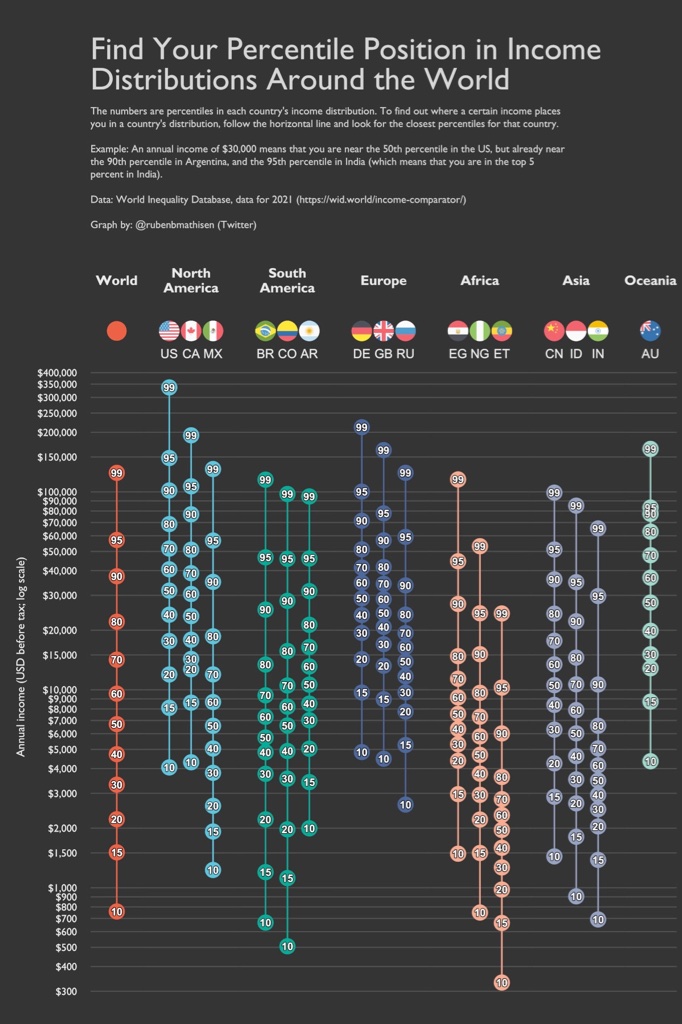RouteNote’s payment process differs in a few key ways for master recording royalties versus compositional royalties:
- Collection timeline:
- Master recording royalties are typically collected and paid out more quickly, usually within 45 days after the end of the month they were earned.
- Compositional royalties can take 6-9 months to be collected and paid out, due to RouteNote collecting from over 100 countries and societies, each with their own upload periods.
- Payment frequency:
- Master recording royalties are paid out monthly, between the 15th-20th of each month, as long as the $50 minimum threshold is met.
- Compositional royalties are paid on the same schedule, but due to the longer collection timeline, payments may be less frequent initially.
- Royalty types:
- Master recording royalties come from streams and downloads of the actual recordings distributed through RouteNote.
- Compositional royalties include performance royalties, mechanical royalties, YouTube micro-synchronization royalties, and neighboring rights.
- Payment combination:
- For artists who distribute through RouteNote, compositional royalties are paid alongside master/sound recording royalties in the same payment.
- Revenue share:
- For master recording royalties, RouteNote offers either an 85/15 split (free plan) or 100% to the artist (premium plan).
- For compositional royalties collected through RouteNote Publishing, RouteNote takes a 15% cut of the publisher’s share.
- Reporting:
- Master recording royalties are reported in more detail, with breakdowns by platform and country.
- Compositional royalty reporting may be less granular due to the complexities of collecting from multiple societies worldwide.
While the basic payment process is similar, the key differences lie in the collection timeline, types of royalties, and the way RouteNote handles the revenue sharing for each royalty type.
